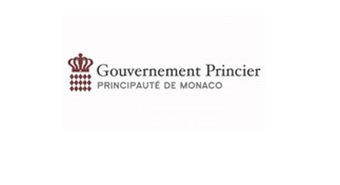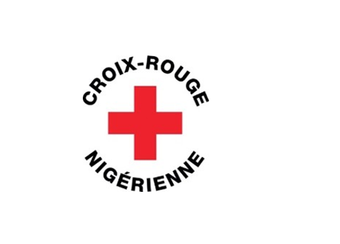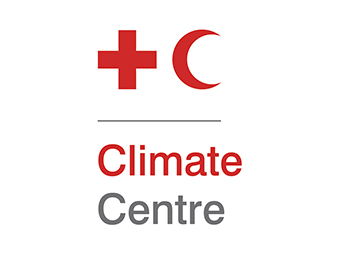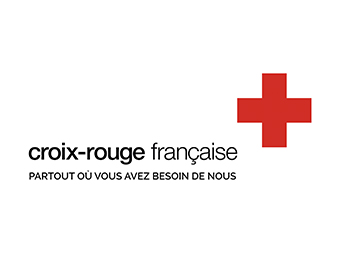Strengthening the resilience of populations in the face of periods of food and nutritional insecurity in the region of Zinder (Niger)
The Drought Forecast based Financing (FbF) is part of a project begun in 2019 to enhance community resilience against food insecurity in Zinder, Niger. FbF and other activities, including strengthening the Early Warning System, training for the National Disaster Response Team, development of drought contingency plans, is implemented by the Niger Red Cross and the French Red Cross, with technical support from the Red Cross and Red Crescent Climate Centre.
Project objective
This project aims to increase the resilience of the communities in Zinder region in facing food insecurity linked to drought.
3 key figures to be achieved:
- At least 2000 households reached per activation
- 10 operational action plans elaborated with the communities
- 40 villages covered by activities to build community resilience
Key facts
Start/end date
March 2019 – February 2022
Hazards covered
Drought
Regions covered
3 Communes of the Department of Zinder: Gangara | Ollelewa | Tanout
Early action sectors
Food security | Livelihood (agriculture, livestock) | Cash
Anticipatory Action Protocols/Plans in place
Early Warning System for food crises in the Maradi region (with support from the Spanish Red Cross and the Movimiento por la Paz el Desarme y la Libertad)
FbF for flood mechanism in Dosso and Zinder region (with the support from Belgian Red Cross support)
Drought EAP is being elaborated
Key actors/implementing partners
Red Cross of Niger | French Red Cross | Red Cross Red Crescent Climate Centre | Community Early Warning and Emergency Response System | Vulnerability Monitoring Observatory | Ministry of Humanitarian Action and Disaster Management | Ministry of Agriculture and Livestock | National Food Crisis Preparation and Management System | Civil Protection Agencies | Regional, departmental and municipal authorities
Project impressions
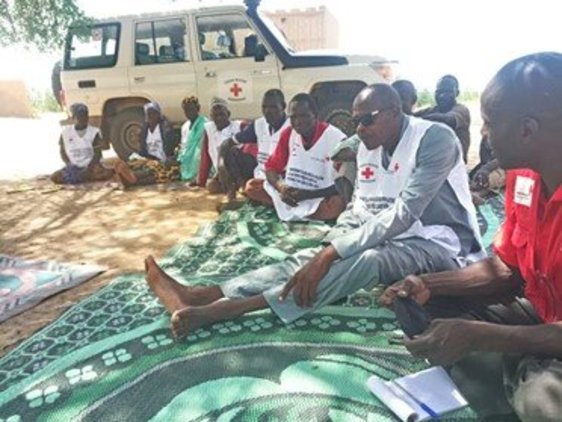
© French Red Cross
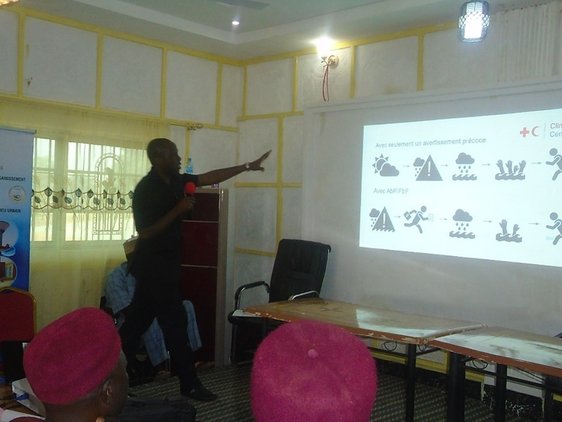
© French Red Cross
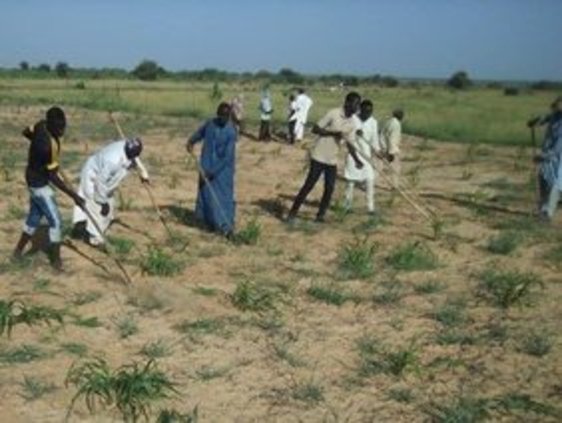
© French Red Cross

© French Red Cross
© French Red Cross
© French Red Cross
Anticipation in practice: Project description
Niger and other countries in the Sahel region are highly exposed to drought. During the 2018 drought in the Sahel, an estimated 32 million people were at risk of or struggling with food insecurity, including 4.7 million children. At the same time, over 5 million refugees, internally displaced people, and returnees were grappling with the consequences of forced displacement. Drought has significant effects on agricultural production in the country, thereby affecting household incomes, food security, and overall economic growth. Drought-linked food insecurity contributes to recurrent crises in the country. The EAP associated with this project aims to provide support to at least 2000 households in agropastoral communities in the Zinder region of Niger so that they can be better prepared for and mitigate the impact of food insecurity linking with drought in the region.
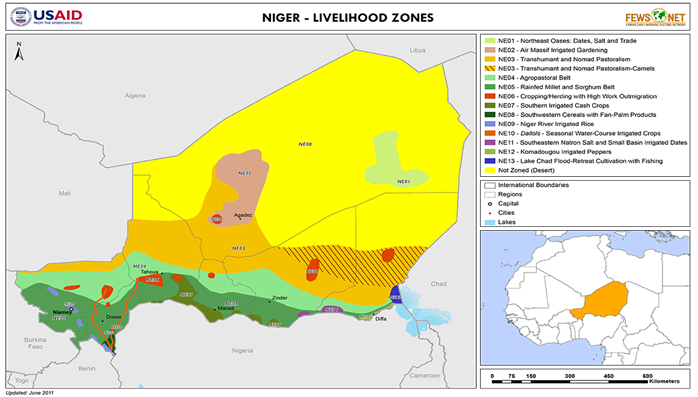
Drought is a slow onset disaster, which means it can take several weeks or months for the impacts to be felt. In order to account for this, the FbF early action protocol is composed of several phases spread over time. Specific early actions are associated to each phase. The following activities are foreseen:
Phase 1 - From January to March:
Preparation of contracts and awareness raising tools and materials.
Phase 2 - From April to May:
Implementation of Early Actions after the first trigger, including information, awareness raising, communication, and distribution of short-cycle seeds for rainy season (millet and cowpea).
Phase 3 - From November to May:
Implementation of Early Actions after the second trigger, including support to cereal banks, unconditional cash, assessment of food security and nutrition needs for potential triggering of an imminent DREF
Phase 4 - From May to June:
Monitoring and Evaluation workshop and drafting of lessons learned
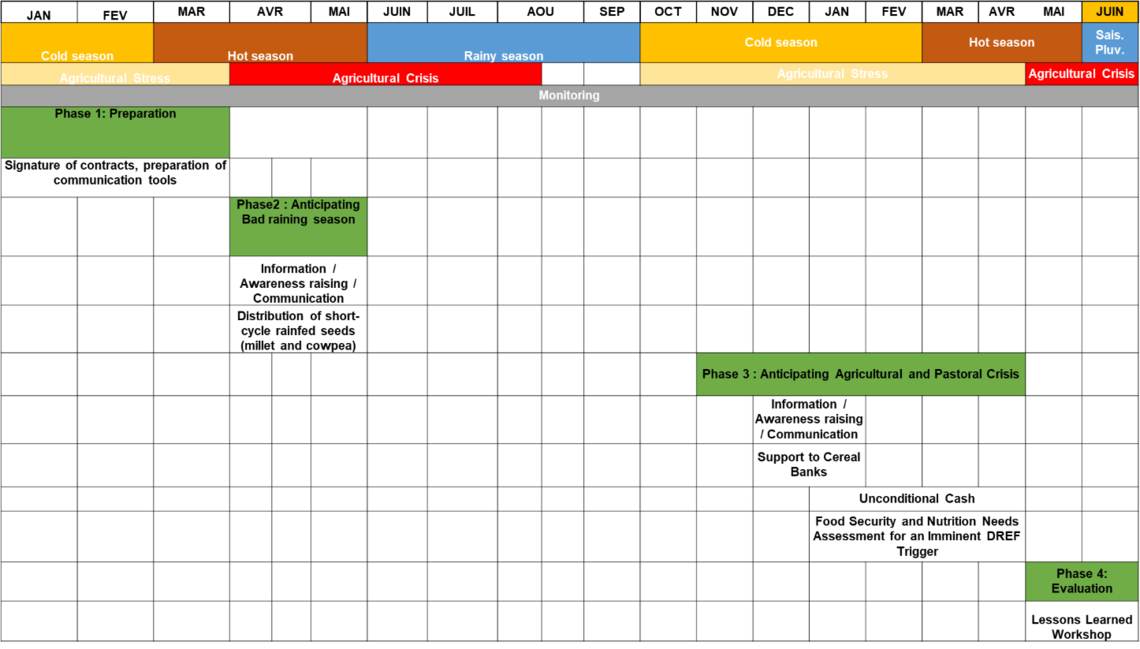
Each phase and trigger is also associated with a stopping mechanism. For instance, if the thresholds for phase 1 and 2 are reached but after that, the threshold for phase 3 is not, the phase 3 will not be activated.
The early actions are triggered based on a combination of indicators, including variations in weather, biomass and surface water, and market price of basic foodstuffs.
The sources of information used for EAP triggers are:
- European Center For Medium wheather Forecast - SEAS5
- Harmonized Framework (IPC)
- VAM PAM
- Action Contre la Faim
- FEWS NET
The project also includes capacity strengthening activities through the implementation of a plan to strengthen "Agro Networks" (agricultural sector), through the strengthening of the involvement of women in the management of socio-economic security in communities, via the Mothers' Clubs approach, and through the implementation of communication activities for behavior change.
The Red Cross of Niger coordinates with key government institutions such as the Ministry of Humanitarian Action and Disaster Management, the Ministry of Agriculture and Livestock, the National Food Crisis Preparation and Management System, and the Civil Protection Agencies.
Watch the video "Drought Forecast-based Financing" below
Here you'll find the french version of the videoPlay Video
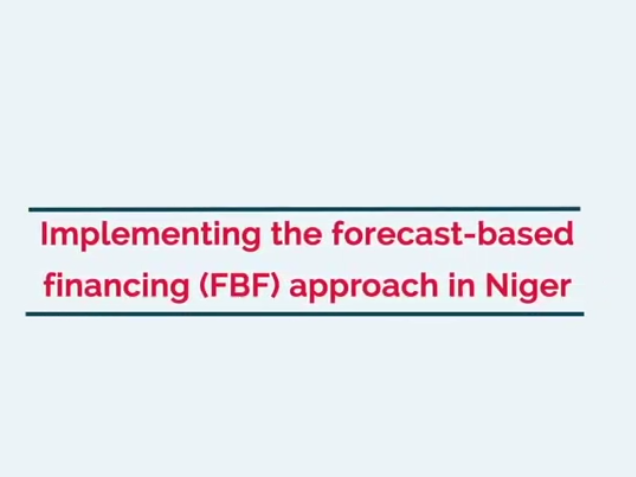
Contact
Romain-Laïyabe Lare
Disaster Risk Reduction Delegate, Niger, French Red Cross
Benjamin Deblois
DRM Technical Advisor, West Africa, French Red Cross
Implementing Organisation
Supported by:
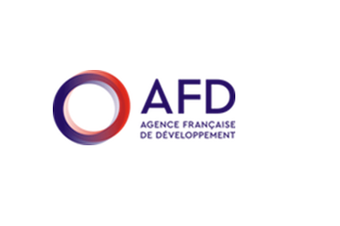
Agence Française de Développement
Learn more